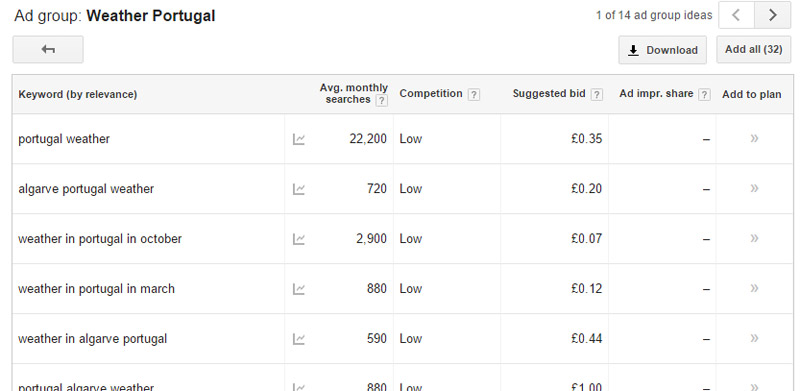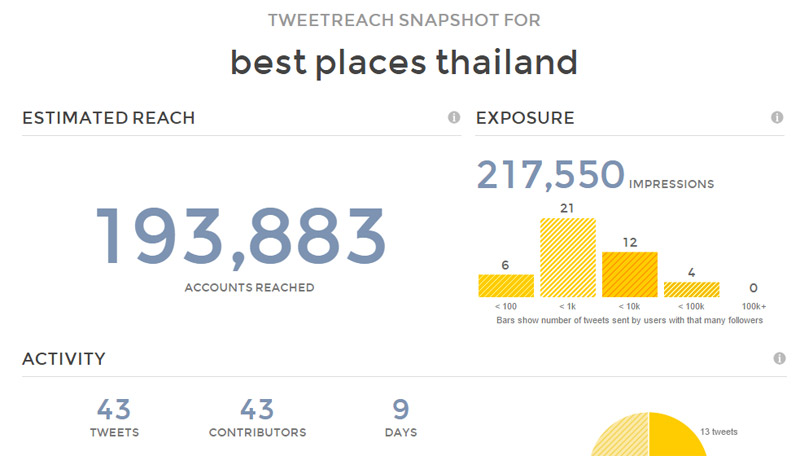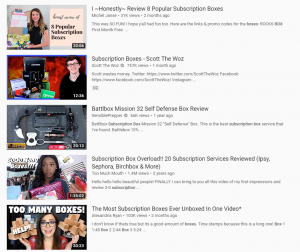
SEO is all about blogging these days. You haven’t heard? Everyone in the know is churning out blog articles like they are slaves to Google’s master.
Of course, I am being flippant. SEO is not all about blogging, but several years of algorithm updates have led many web marketers to accept that content really is king.
Why is content so important to SEO?
Neil Patel is one of the world’s foremost experts on content marketing. Writing on his Kissmetrics blog, he said, “You’re not an SEO, unless you’re also a content marketer. You’re not a content marketer, unless you’re also an SEO. Your SEO campaign will fail unless you integrate content marketing. Your content marketing campaign will fail unless you integrate SEO.”
Sujan Patel wrote on Search Engine Journal, “Search engines want to be able to provide their users with valuable information in the same way that businesses want to offer their target audiences something relevant to their interests. An abundance of quality content is the answer for both parties.”
Entrepreneur.com contributor Brett Relander wrote, “(January 13, 2016)’s rules are gone. Today, marketers must shift their focus toward the creation of relevant and newsworthy content. That means developing a solid understanding of one’s target market to know precisely which type of content can best be leveraged to the right audience.”
These are three of hundreds, if not thousands of people writing about the importance of content for SEO.
In fact, many of the articles about the subject are perhaps written to follow the lead of others – and that’s the purpose of this blog post.
Creating content to fulfill a human need
Understanding your target audience is a vital starting point. If you know what people need, you can create content that gives it to them. Potential customers want to be entertained, informed and assisted. There are several types of content to consider:
- FAQs (frequently asked questions) that provide product support or answer pre-sales questions
- Infographics and instructographics that show information or instructions in a graphical and entertaining way
- Opinion pieces or debates
- Press releases and news announcements about your company
- News about your industry
- ‘How to’ articles, step-by-step walk-throughs and product instruction manuals
- Case studies
- Reviews, round-ups and general long-form feature articles
- Blog posts and other general articles
- Videos, slide decks, animations, games
There are many ways to answer the needs of different clients. There is an important difference between serving the needs of humans and serving the needs of Google.
The search engine wants to help people find answers to their questions. Your job should be to answer the relevant questions from relevant people, so that Google can match you to the right intent at the right time.
What you don’t want to do is churn out random content around a load of formulaic titles that are used by everyone else. Doing that will simply clog up the results with a lot of low quality content and, eventually, that will lead to some other kind of algorithmic update to help Google weed out the rubbish.
The danger of blog idea generators
There are a few blog idea generators out there. I won’t name them, because I am advising you NOT to use them, if you are serious about writing content that matters.
They are clever, because they give you the kinds of headline that work. Put in a word like ‘Jeans’ along with ‘Trainers’ and the automated idea generator will give you a series of formulaic titles.
- Why we love [noun] (and you should too)
- The truth about [noun]
- 7 things you need to know about [noun]
- 5 things everyone in the [noun] industry should be doing
Now, consider this. If all of us simply followed the ideas of these idea generators and wrote articles to fulfill the title, all we are doing is following a well-formed headline formula that is catchy, could be shareable and is likely to be attractive when seen in a list.
But, what if lots of other people do the same thing? Google then becomes clogged with lots of similarly titled articles, many of which are not really very good.
You could get a load of article ideas from an idea generator, then hire cheap writers to churn out the articles, with no real brief or understanding of who will be reading the article. Doing that is not helping your customers, it isn’t helping Google and it isn’t helping the world at large.
The idea generators are there to provide inspiration. It’s still down to you to produce meaningful content for your target customers, in a way they will understand and appreciate.
Here are my tips for finding blog post ideas
How to find out what people are searching for
If you know what people are looking for, you know what content to give them, right? There are two sides to this – finding out what search queries people use, and finding out how often they use them.
Let’s ignore the convoluted tools you have to log into and just use Google with a loose idea. Google’s search bar helps by suggesting common queries around a theme. For example, if I type “why xbox”, the top five suggestions are here. If I type “what xbox” I get different suggestions. Each time, you can see what Google suggests might be the most popular queries.

Importantly, if you vary your queries, you can see the kind of phrasing people use that you might not have thought of.

Are you a travel company? Type in “best time” and you can see which destinations seem to be the most popular.

Search for the top queries to see what appears
Try some of the top queries from your loose research and see what content appears in the search results. Are there lots of features that already answer the needs of the searches? You don’t want to be just copying someone else.
Make a note of the headlines of these articles and their descriptions, but take a look at their content to see how in-depth they are.
Do they match the context and intent of the search that will be carried out by your audience?
 Google’s Keyword Planner for AdWords is equally useful for finding common organic queries. You can use other tools like keywordtool.io or SEMRush.
Google’s Keyword Planner for AdWords is equally useful for finding common organic queries. You can use other tools like keywordtool.io or SEMRush.
Look for headline ideas
An article needs a good headline. Just like any good movie starts out with an elevator pitch – you don’t get to tell the whole story unless someone like’s the initial pitch.
On social media, your headline is generally all people see, so it needs to be intriguing, clear, inciteful, entertaining or entertaining. Possibly all of those things. You want people to want to click on it and share it.
One way to look for headline ideas is to use BuzzSumo to search for articles on your theme. See what other people are sharing, although you can also do this on Twitter.
 A search on Buzzsumo for “best places Thailand” reveals the top-shared related articles, which you can explore further.
A search on Buzzsumo for “best places Thailand” reveals the top-shared related articles, which you can explore further.  Use TweetReach to find headline ideas around a theme, as well as to identify top influencers.
Use TweetReach to find headline ideas around a theme, as well as to identify top influencers.
Create your headlines and test them
Create a list of the headlines you think will work and then test them by searching for them on Google, Bing and Twitter. See what comes up for exact match (within quotations) and see what comes up for broad match.
If you have a lot of competition for your headline, think of something else. You want originality. If someone recognises your headline and thinks they have already read your story, because they have previously shared it, they may ignore you.
 Search for a headline on Twitter to see if people are sharing it.
Search for a headline on Twitter to see if people are sharing it.
Here are some useful articles with insight into headline writing:
- 39 ways to write deliciously seductive headlines
- How to write a blog: headlines that work
- Headline writing 101: how to write attention grabbing headlines that convert
- How to write better headlines (infographic)
Remember who you are writing for
Back to my original point, you could be easily inspired to churn out content for the sake of it because some clever blog idea generator gives you a bunch of well-formed headlines. The headline generators are good at helping you write the headlines, but you should not use them to tell you what to write.
The best ideas are ones that fill a real need where there is a gap. Seek out what people want to know – and remember they are not looking for you to tell them why they should buy from you. They want answers to real questions – sometimes just for education, sometimes because they are trying to convince themselves it is worth spending money.
Digital & Social Articles on Business 2 Community(79)
Report Post






